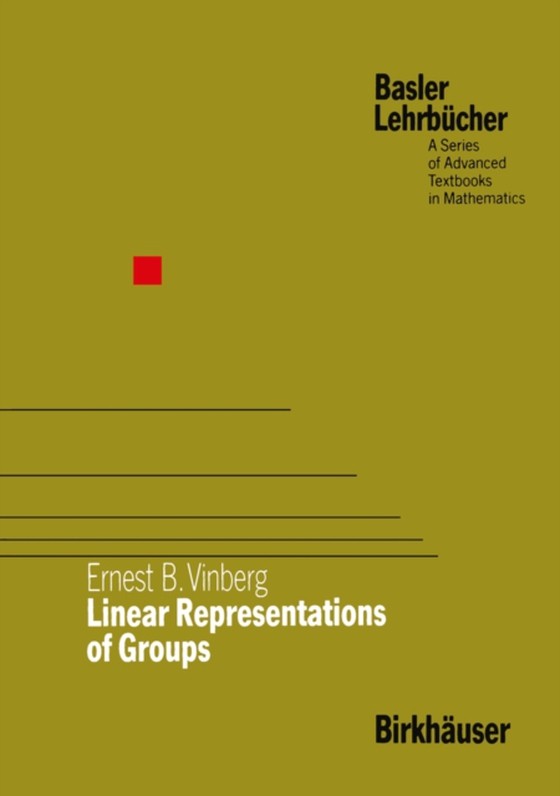
Linear Representations of Groups e-bog
692,63 DKK
(inkl. moms 865,79 DKK)
This book gives an exposition of the fundamentals of the theory of linear representations of finite and compact groups, as well as elements of the the- ory of linear representations of Lie groups. As an application we derive the Laplace spherical functions. The book is based on lectures that I delivered in the framework of the experimental program at the Mathematics-Mechanics Faculty of Moscow ...
E-bog
692,63 DKK
Forlag
Birkhauser
Udgivet
6 december 2012
Genrer
PBF
Sprog
English
Format
pdf
Beskyttelse
LCP
ISBN
9783034892742
This book gives an exposition of the fundamentals of the theory of linear representations of finite and compact groups, as well as elements of the the- ory of linear representations of Lie groups. As an application we derive the Laplace spherical functions. The book is based on lectures that I delivered in the framework of the experimental program at the Mathematics-Mechanics Faculty of Moscow State University and at the Faculty of Professional Skill Improvement. My aim has been to give as simple and detailed an account as possible of the problems considered. The book therefore makes no claim to completeness. Also, it can in no way give a representative picture of the modern state of the field under study as does, for example, the monograph of A. A. Kirillov [3]. For a more complete acquaintance with the theory of representations of finite groups we recommend the book of C. W. Curtis and I. Reiner [2], and for the theory of representations of Lie groups, that of M. A. Naimark [6]. Introduction The theory of linear representations of groups is one of the most widely ap- plied branches of algebra. Practically every time that groups are encountered, their linear representations play an important role. In the theory of groups itself, linear representations are an irreplaceable source of examples and a tool for investigating groups. In the introduction we discuss some examples and en route we introduce a number of notions of representation theory. O.
 Dansk
Dansk

